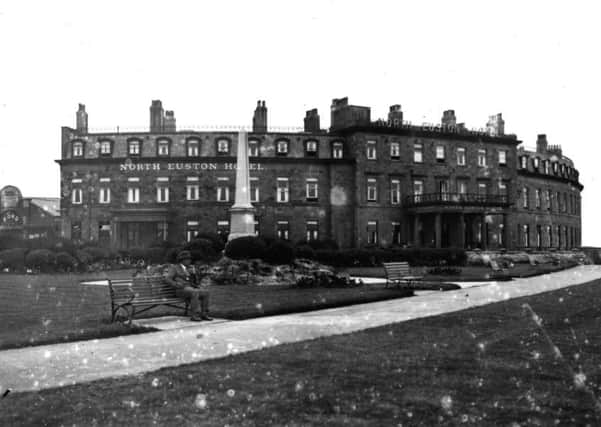Lesser-known facts about port's military history


The Weekly News featured a section on listed buildings and visible on a photograph of the former Fielden Library was the premises of John Gibson, the shipwright.
Malcolm wrote in to say: “It reminded me of a history search I carried out 20 or so years ago concerning Fleetwood’s military history.
Advertisement
Hide AdAdvertisement
Hide Ad“It is documented by H Peters, in his report ‘Fleetwood and the Military Connection’, that Fleetwood had become the home for a School of Musketry following the arranged lease of land from September 27, 1859 for the training of militia. The North Euston Hotel was converted for use as a School of Musketry, while rabbit warren land at the south end of the undeveloped town was converted into a rifle range, as it remained until 1930 when it was developed as the golf course.
“What is perhaps less known is Fleetwood’s military history was not solely concerned with the army. A newspaper article of February 1862 reported that in addition to the establishment of the School of Musketry, there was the erection of a battery for the exercise and training of the Coastguard and the Royal Naval Reserve and Coast Volunteers.
“The report describes arrangements for the building of ‘the form of a ship’s side comprising a deck roofed in and mounting two heavy duty guns to be built by John Gibson, Shipbuilder of Fleetwood, and situated at the base of the elevation known as The Mount’.
“A Fleetwood Chronicle report records ‘a battery built of wood in the charge of the coastguards and stood below the summit of the Mount was slipping down to the shore and was removed further along the coast.’
Advertisement
Hide AdAdvertisement
Hide Ad“A study of an Ordnance Survey map of the time shows the re-sited position in the area of salt marsh beyond what used to be the Coastguard buildings. There was of course no promenade beyond the Mount. This came much later.”